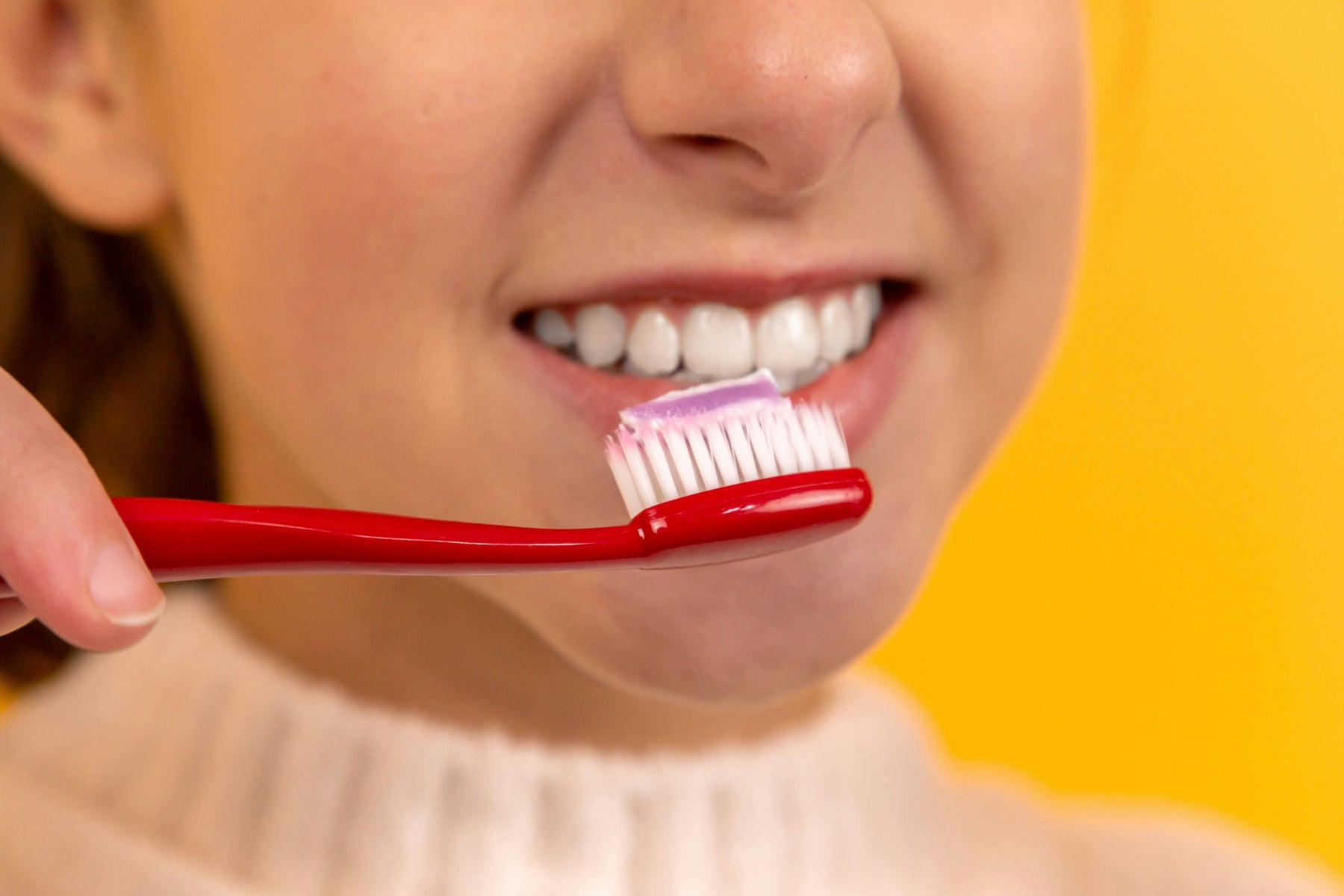
Top 7 tips on getting a child with sensory needs to brush their teeth
Getting a child to brush their teeth can be tricky — and even more so when they have sensory sensitivities. The taste, smell, and texture of toothpaste, or the feel of a toothbrush, can be overwhelming or even distressing for children with sensory processing difficulties.
If your child struggles with daily toothbrushing, you're not alone. Here are 7 practical, sensory-friendly tips to help make brushing teeth a more positive and manageable experience.

In this blog, we share 7 practical tips to help make toothbrushing a more manageable
experience for your child.
1. Let Your Child Choose Their Toothbrushing Tools
Giving your child a sense of control can make a big difference.
-
Toothbrush: Let them pick their own toothbrush — whether it’s a fun colour, a favourite character, or a special shape. Many children with sensory sensitivities prefer:
-
Soft-bristled or silicone brushes
-
360-degree toothbrushes (which clean all sides at once)
-
Electric toothbrushes with soothing vibrations
-
Toothpaste: Choose mild or unflavoured toothpastes designed for children with sensory issues. Some children are sensitive to mint or other strong flavours.
2. Make Toothbrushing Part of a Predictable Routine
Structure and predictability help reduce anxiety.
-
Brush at the same times daily (e.g., after breakfast and before bed).
-
Use visual schedules, countdown timers, or even a catchy brushing song to signal when and how long brushing will happen.
3. Start Slow and Build Tolerance Over Time
You don’t have to go from zero to two minutes of brushing overnight.
-
Let your child explore the toothbrush: hold it, tap it to their lips, or play with it during bath time.
-
Gradually work up to brushing for longer durations over time.
-
Celebrate small wins — even just putting toothpaste on the brush can be a step forward.
4. Try Different Brushing Positions
Who says brushing has to happen in the bathroom mirror?
-
Let your child:
-
Sit on the couch
-
Lie down on the floor or bed
-
Watch a favourite video while brushing
Experiment with what feels least overwhelming and most comfortable for them.
5. Use Visuals or Social Stories
Visual support can make abstract concepts concrete.
-
Create a step-by-step visual guide or download free brushing visuals online.
-
Use a social story that shows a child going through the toothbrushing routine in a calm and positive way.
-
You can even act it out with toys!
6. Offer Comfort and Positive Reinforcement
Help your child feel calm and supported before and after brushing.
-
Try calming techniques beforehand:
-
Deep pressure (e.g., a hug)
-
Breathing exercises
-
Listening to soothing music
-
Reward cooperation with:
-
Stickers
-
A small toy
-
Extra bedtime story
-
Lots of praise and encouragement
7. Find a Sensory-Friendly or Special Needs Dentist
Regular dental visits are important — and the right dentist can make all the difference.
-
Ask local parents or special needs groups for recommendations.
-
Some areas (including local NHS services) offer dentists trained to support children with additional needs.These professionals use adaptive tools and understand sensory triggers, helping to build positive dental experiences over time.

